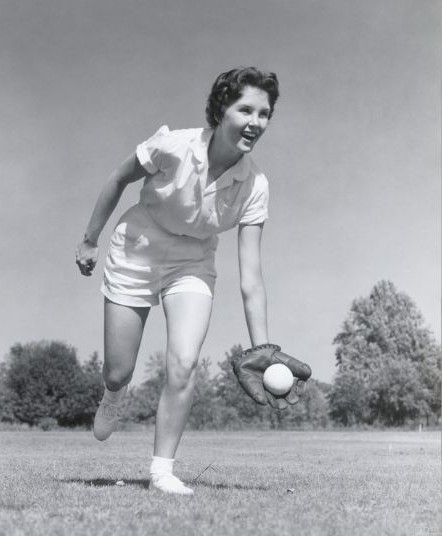Undergoing breast augmentation is an exciting step toward feeling more confident in your body. As a board-certified plastic surgeon, I understand that many patients are eager to return to their active lifestyles following breast augmentation but the exercises after surgery you do (and when) are important considerations for the healing process.
In this post, I’ll cover how breast augmentation affects your fitness routine and when and how to return to exercise without compromising your comfort or outcome.
The Effect of Breast Augmentation and Implant Placement on Exercise
Breast augmentation will temporarily change your workout routine, especially during recovery. Your implant placement—submuscular (beneath the chest muscle) or subglandular (above the muscle)—affects how soon and comfortably you can resume certain activities.
Submuscular placement can lead to a slightly longer recovery and some tightness when engaging your chest muscles during exercise. Subglandular placement may allow for more comfort with upper body movements, but the implants can be more visible in patients with less natural breast tissue.
Returning Safely to Physical Activity Post-Surgery
Easing back into exercise after breast augmentation requires a structured plan:
Weeks 1 & 2: Take It Easy
Focus on rest and gentle movement. Light walking is excellent for circulation, but avoid anything strenuous.
Weeks 3 & 4: Light Cardio
Once I give you the all-clear, you can start low-impact cardio, like walking on a treadmill or using a stationary bike. No jumping or heavy lifting just yet.

Weeks 5 & 6: Gentle Strength Training
Resume lower body workouts gradually. Still, go easy on upper body exercises—avoid anything that puts strain on your chest muscles.
Week 7 and Beyond: Back to Routine (Mostly)
By this point, most workouts can be resumed, including strength training. However, exercises that isolate the pectoral muscles, such as chest presses and push-ups, should still be approached with caution to prevent implant displacement.
Whether your implants are placed under or over the muscle, being mindful of how your body responds and gradually adjusting your routine will allow you to stay active while preserving your results.
Tips for Adapting Workouts Post-Surgery
Here are some smart ways to modify your workouts while you heal:
Stick to Low-Impact Cardio
Walking, stationary cycling, and elliptical workouts are great options that keep you moving without putting strain on your chest.
Modify Upper Body Strength Training
Keep your focus on lower body exercises at first. When you’re ready for upper body work, start with movements that don’t engage the chest too much—think triceps kickbacks rather than bench presses.
Incorporate Gentle Flexibility and Core Work
Stretching and core exercises can help maintain strength and mobility without straining your chest area. Pilates and yoga can be excellent options if you’re looking for a way to stay active without overdoing it. Both focus on controlled movements and core engagement, which can help you ease back into activity while improving posture and flexibility.
Just be mindful of any poses or movements that put too much pressure on your chest in the early weeks. Listen to your body. If an exercise doesn’t feel right yet, skip it.
Choosing the Right Sports Bra for Exercise After Surgery
A good sports bra is a game-changer for your recovery and beyond. Here’s what to look for:
- Supportive Compression: A snug (but not too tight) fit minimizes movement and discomfort.
- Adjustable Straps: Swelling changes over time, so having an adjustable fit is key.
- Wide Underband: A wide underband helps distribute pressure evenly, reducing unnecessary strain and providing additional support.
- Front Closure: A front-closure design makes putting on and taking off your sports bra easier, which is especially helpful during the early healing stages.
Investing in a well-fitting sports bra will make your workouts more comfortable and help maintain your results in the long run.
The Role of Patience in Recovery
I understand—you’re eager to get moving again. But patience is key. Resuming workouts too soon can cause unnecessary swelling and discomfort or even shift your implants. Your body needs time to adjust. If something feels off, take a step back and check in with me before pushing forward. A slow, steady approach will pay off in the long run and keep your results looking great.
Read my related blog post on breast augmentation do’s and don’ts.
Take the Next Step
If you have questions about getting back to exercise after breast augmentation or if you’re considering the procedure, call our office at (407) 218-4550 or request a consultation.






Leave a Reply